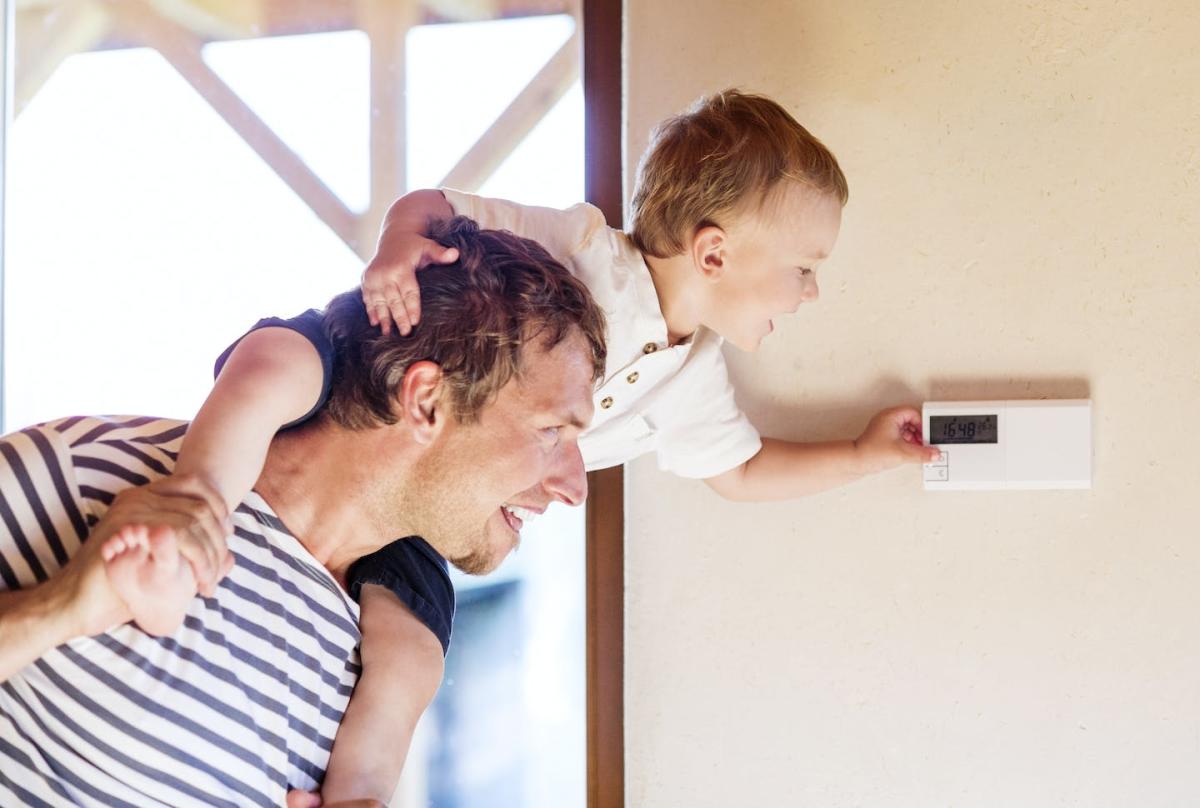50 kWh / day sounds like a lot to me - my 13 year old dual-stage 3-ton Trane heat pump maxes out around 12 kWh / day, but it helps that I live in Southern California, so daytime highs below 60F are uncommon. 2,000 sq/ft house, but insulation is marginal at most and also have cathedral ceilings. Usage has been around 150-175 kWh/month for the system this winter (I use an Emporia Vue to monitor energy consumption). Technically it's a dual-fuel system (gas backup), but I have the thermostat configured to basically never call on gas for heat.
Because my system is dual stage and not a scroll-type compressor, I ramp up my temperatures gradually in the morning for a couple reasons:
- Stage 1 should be more efficient than Stage 2 (probably close enough to not big significant, though)
- Stage 2 is louder, so keeping it in Stage 1 is more comfortable
- Gradually warming up the building just feels nicer than blasting the heat until it's warm.
- I prefer to sleep with it cooler (studies confirm this improves sleep), so prefer to have the set back.
- Waiting until the sun comes up and outdoor temps to start rising improves efficiency and also I can self-consume more solar.
So my normal schedule ramps up the temperature in a few steps:
07:00 66F (indoor temps usually in the low 60F range)
08:30 68F
10:00 70F (take advantage of peak solar and warmer temps)
16:00 65F (peak grid rates, avoid running)
21:00 55F (bed time)
Usually the system runs very little after 12PM and the house coasts until the morning. The compressor pulls around 1 kW on stage 1 and 2.7 kW on stage 2.
If you're trying to improve efficiency, the best thing to do is to run the system more when temperature differentials are larger - it's just physics.
So having the house follow outdoor temperatures can go a long way towards reducing energy consumption, but as others have noted - cold-soaked interiors also just feel colder even if the air temperature is the same.
What is crazy about at least my system (and I understand this isn't uncommon) is that there is a 100W compressor heater that runs basically all the time unless the compressor is running, or outdoor temps are over 85F. This adds up to 2.4 kWh / day or 72 kWh a month - around half of the compressors total energy usage most heating months!



